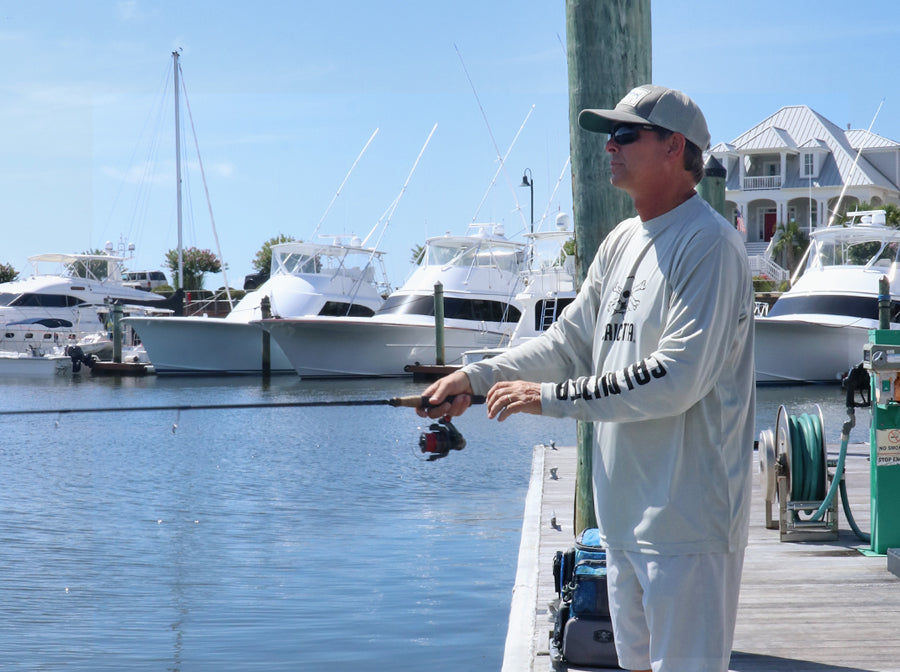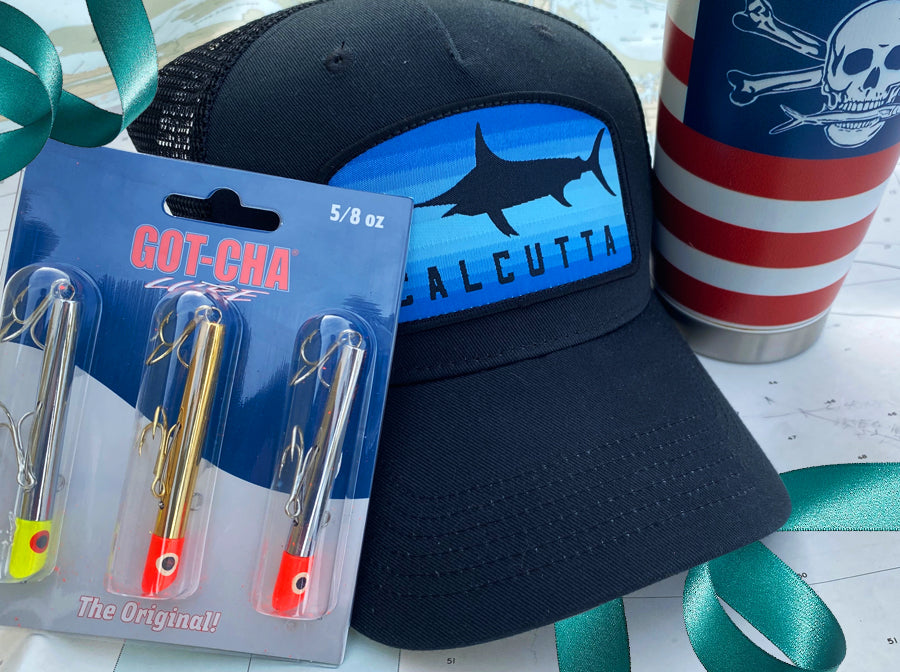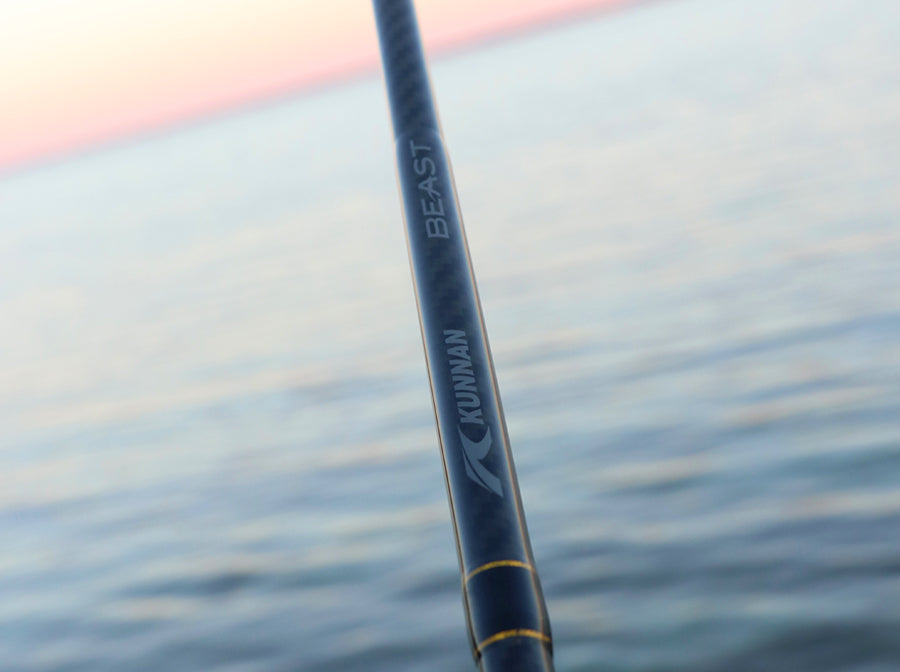If tackle-testing hookups are your passion and winter’s cabin fever has set in, beat those cold-weather blues by prepping your fishing gear for the spring season. It’s not as fulfilling as landing a lunker, but when the action gets fast and furious on the water in a few weeks, you’ll reap the benefits. Taking inventory, cleaning, lubricating and replacing things before fishing season pays big dividends. Here are seven tips to help get you started.
Start with the Tackle Box
The place to begin is the biggest grime magnet of all—tackle boxes. Your tackle box keeps things portable and neatly organized, but all that gear assembled in a single container has a habit of commingling in unwanted fashion. There’s also its annoying habit of collecting mysterious and scientifically unidentified goo.
A complete annual scrubbing is the best idea. Empty the tackle box and follow the manufacturer’s recommendations for cleaning. Soap and water are always a safe bet for polymer and nylon versions, whether soft- or hard-sided cases.
Dry completely and don’t forget to lubricate any hinges, in moderation. Now you’re ready to weigh whether a little reorganization can improve efficiency on the water. Before returning anything to the tackle box consider relocating often-used items, especially those that have a habit of hiding, to a more accessible location. Then it’s time to start putting things back inside, but don’t be in a hurry.
Pro Tip: Consider replacing that worn out, old tackle box with a modern tackle storage system.
Consider upgrading to a modern tackle bag, such as the Squall Tackle Bag (pictured).Bait binders, such as the Squall Bait Binder (pictured), help keep fishing lures organized.
Take Inventory
Terminal tackle takes a beating and anything broken or gone missing last year is hard to remember during the winter lull. Inspect—and clean as necessary—items before you place them back into the tackle box. Note supplies running low or no longer there. Purchase replacements before your first spring trip. Eye every leader with suspicion. A nick from a toothy adversary could lose a lunker this year. Missing lips on hardbaits and lures that have lost their paint are other prime candidates for the trash can, or a display shelf if it’s a favorite.
This is the time to replace fillet knives, pliers and other fishing tools that are beyond repair or need to be upgraded.
While you’re at it, clean, sharpen and lightly oil knives. Those pliers could use a solid cleaning and lubrication as well. It’s a humid life in that tackle box, where rust thrives. This is the time to replace any fillet knives, pliers and other fishing tools that are beyond repair or need to be upgraded.
Clean and Repair Reels
Odds are good reel maintenance is already part of your annual preparation. If not, add it to your list.
Clean your reels according to manufacturer recommendations—which doesn’t usually require complete disassembly. Give the handles extra attention. Lubricate according to manufacturer instructions when reassembling and avoid using excess grease. Too much will ultimately attract dirt and grime, leading to problems later.
Fishing line does not have a half-life rivaling radium. It loses strength, sometimes fast under the right conditions.
Surfaces of a reel that line touches as it pays out or comes back inside—the line roller on a spincast reel, line guide on a baitcast reel, etc.—should be double checked to ensure they are free of nicks and debris. Even a tiny burr, nearly invisible to the naked eye, can abrade the line and impede casting or retrieval. Running a dry cotton swab over suspect surfaces will often indicate if there’s a problem, and conveniently identify the problem area by leaving a few fiber strands at the spot.
Fishing line does not have a half-life rivaling radium. It loses strength, sometimes fast under the right conditions. If you can’t remember when you’ve replaced it on your reels, it’s time to do so.
The longevity of that line varies by composition, construction and conditions—sun and heat, in particular. Consult manufacturer’s specifications and spool on a new supply early and often. Remember, it’s under stress with each hookup and often endures undetected stress with every underwater obstruction it encounters.
Thoroughly inspect all fishing line and replace any that is old or worn.
Inspect Fishing Rods
Clean fishing rods, including handles, with a light soap-and-water solution. Inspect for cracks or anything appearing fatigued. Today’s models are constructed with space-age materials, deliver long-lasting performance and are undeniably strong. They are not, however, impervious to abuse and neglect. Older rods, hand-me-downs and those that have survived years of campaigns should be eyed with suspicion and considered prime candidates for replacement.
Today’s fishing rods are constructed with space-age materials, deliver long-lasting performance and are undeniably strong.
Pay particular attention to every rod eyelet. If they’re even slightly out of alignment unwanted friction and heat are generated during line travel, which compromises casting or worse. Clean as necessary, sight through them down the length of the rod to ensure unencumbered passage to the tip. Use the cotton swab technique when in doubt.
Restock Sun Protection
Check your sunscreen supply—hopefully you keep a backup bottle in your tackle box. Lip balm and other comfort items often stowed there are easy to overlook during a winter organization. Now’s the time to ensure those containers aren’t empty.
Clean those sunglasses and gloves, checking their condition. Did you have the right clothing last spring? If not, it’s time to purchase before other anglers beat you to the punch.

Map Your Fishing Trips
One of the final options for prepping your fishing gear for the spring season is to improve your fishing knowledge. Secure maps of your destination and study them. It’s not like being there, but it makes cabin fever a lot less painful. Also, consider keeping a detailed fishing journal to chronicle each trip. Over time, that data can help you dial in your fishing efforts and maximize your time on the water.
Restock at a Fishing Tackle Store
When it’s time to replenish your fishing gear, visit your local bait and tackle shop or outdoor store. Fishing tackle shops typically stock most of the items you’ll need. Outdoor retailers are the experts when it comes to fishing in your local area. They will be happy to share their knowledge and provide trusted advice.
More Resources
Performance Sunglasses: Your Best Defense Against the Sun
Best Fishing Tackle Storage Systems
Strategies to Optimize Your Fishing Tackle Storage
Fishing Boat Checklist: 11 Steps to Prepare for Fishing Season
Pre-Season Study: 6 Tips to Improve Your Fishing IQ






